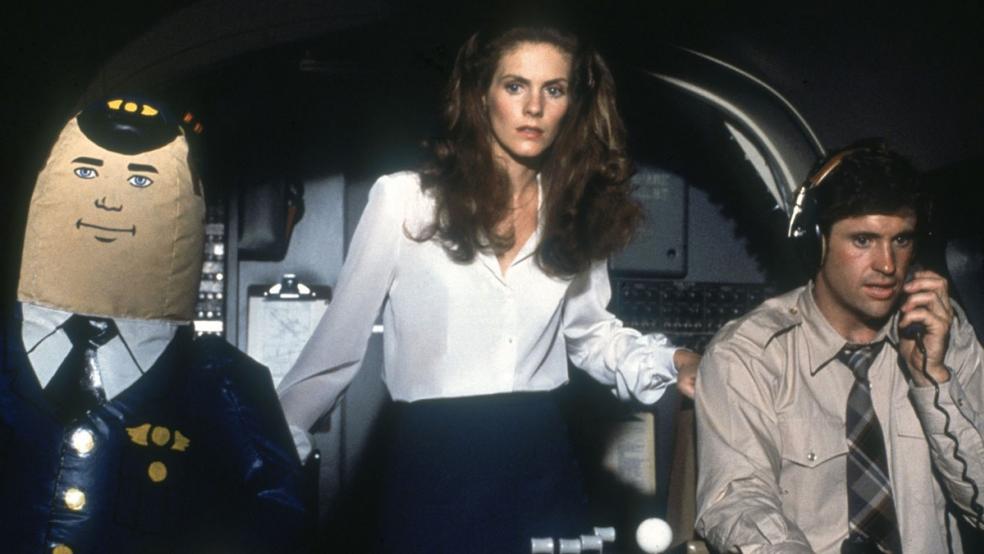It may be a while before airplane passengers hear, “Good morning, this is your robot speaking,” but the government has already begun testing the feasibility of having automatons in the co-pilot seat.
Related: Will the US Unleash an Army of Killer Robots? Ask Clinton or Trump
In early 2015, the Defense Advanced Research Projects Agency – the innovation arm of the U.S. national security apparatus -- awarded three contracts for a program called ALIAS (Aircrew Labor In-Cockpit Automation System) that envisions “high levels of automation in existing aircraft” and “reduced need for onboard crew.”
Now at least one of the companies given a contract has begun conducting tests.
At a demonstration on Monday by Aurora Flight Sciences, a robot with a claw hand on the throttle was controlled by a pilot in the adjacent seat using a tablet computer, according to the AP.
The robot can read gauges on the instrument panel, figure out whether switches are on or off, and retain and build on experience from flying the plane.
With both the military and airlines facing a shortage of pilots, having a robot on board that doesn’t get tired, bored or distracted while performing mundane tasks could free up humans to make strategic decisions, especially in emergencies. Aurora CEO John Langford told the AP that the robot is like having “a human pilot with 600,000 hours of experience.”
Langford said he imagines a day when a single pilot on the ground will be able to control multiple planes in the air.
In announcing the program, DARPA said Aurora and the other two companies chosen – Lockheed Martin and Sikorsky Aircraft – would work with a team that includes experts from NASA, the Army, the Air Force and the Navy.





